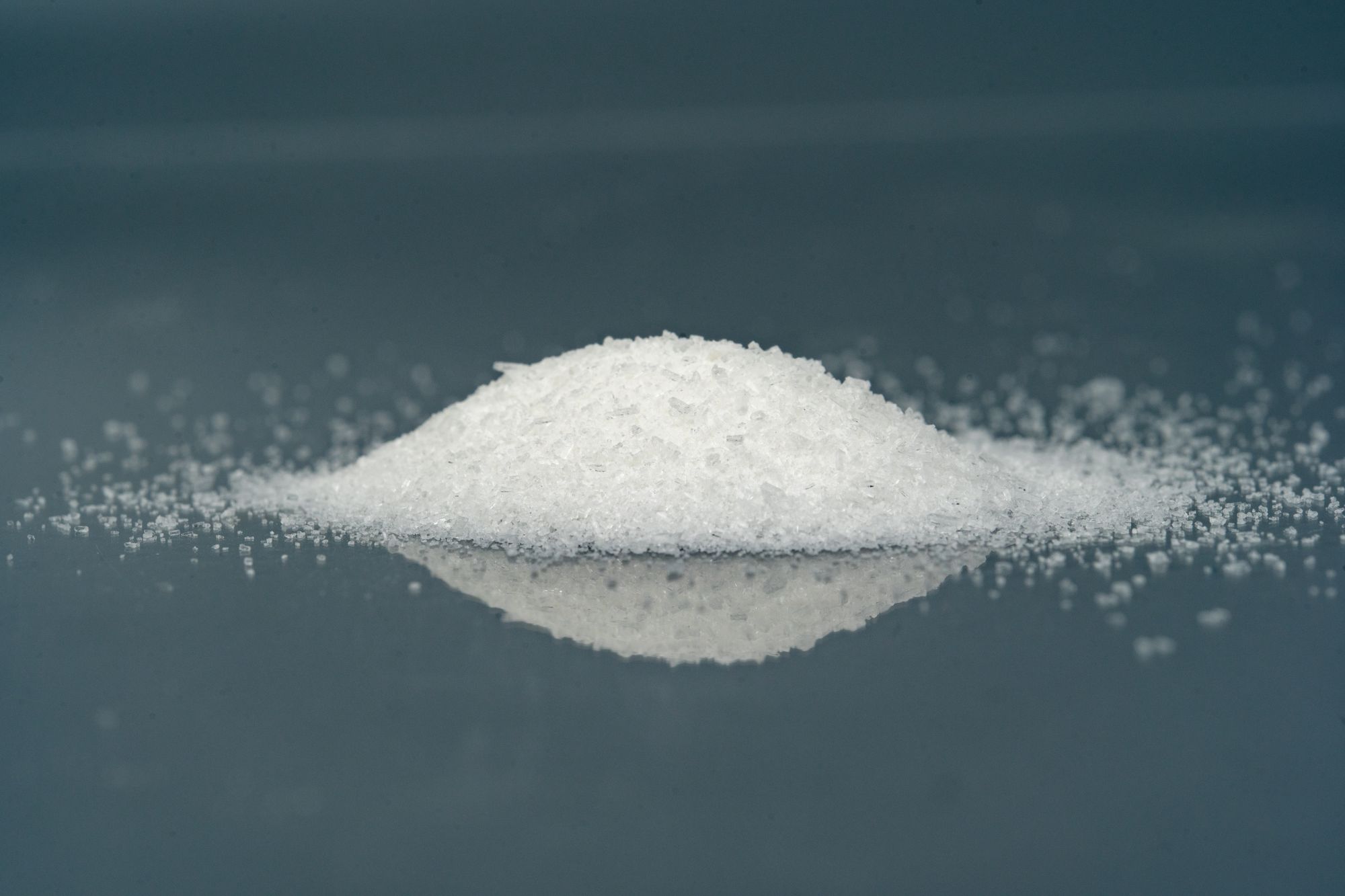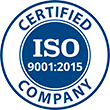Monoammonium Phosphate(MAP)
Agriculture Nutrition
Monoammonium phosphate (MAP) is a highly concentrated, dry, granular fertilizer that provides both nitrogen (N) and phosphorus (P) to plants. It's a popular choice among farmers due to its balanced nutrient content and its ability to improve crop yields and quality.
Key Benefits of MAP in Agriculture:
- Balanced Nutrient Supply: MAP provides both nitrogen, essential for plant growth, and phosphorus, vital for root development and energy transfer.
- Soil Improvement: It helps improve soil structure and increases water-holding capacity.
- Plant Growth Enhancement: MAP promotes vigorous root growth, leading to healthier plants and higher yields.
- Crop Quality: It can enhance the quality of crops by increasing nutrient content and improving overall plant health.
- Versatility: MAP is suitable for a wide range of crops and can be applied through various methods.
Other Industries
While monoammonium phosphate (MAP) is primarily known for its extensive use in agriculture as a high-quality nitrogen-phosphorus fertilizer, its applications extend far beyond this domain. The unique properties of MAP, including its water solubility, high nutrient content, and buffering capacity, make it a valuable resource in various industrial processes.
Key Industrial Applications of MAP:
- Fire Retardants: MAP is used as a fire retardant in various materials, including plastics, textiles, and wood. Its ability to absorb heat and release non-flammable gases helps to suppress fires.
- Food Processing: MAP can be used as a yeast food in baking, providing a source of nitrogen and phosphorus for yeast growth.
- Water Treatment: MAP is used in water treatment to adjust pH levels and as a coagulant to help remove impurities from water.
- Metalworking: MAP can be used as a flux in welding and soldering to clean metal surfaces and promote better bonding.
- Other Applications: MAP has niche applications in areas such as ceramics, pharmaceuticals, and as a component in certain types of batteries.








